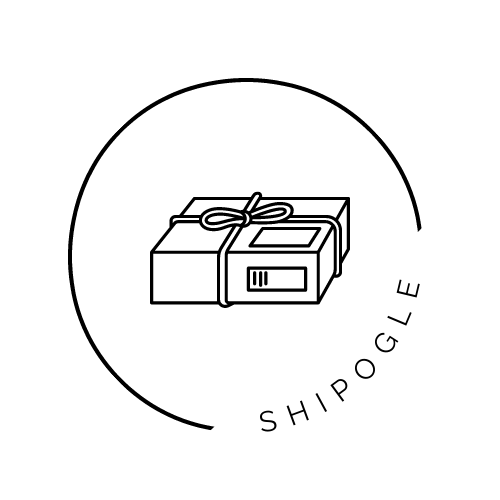Shipogle is a web app for package delivery services that allows users to send packages from anywhere to anywhere and track their delivery in real-time. Shipogle is a reliable and efficient solution for anyone who needs to send a package and wants to ensure that it arrives safely and on time.
Before installing the Shipogle web app, ensure that you have the following tools installed:
- Java Development Kit (JDK) version 11 or higher
- Apache Maven build tool version 3.6 or higher
- MySQL database server version 5.7 or higher
To install the Shipogle web app, follow these steps:
-
Clone the Shipogle app repository from GitHub using the following command in your terminal or command prompt:
git clone https://git.cs.dal.ca/courses/2023-winter/csci-5308/group09.git
-
Set up the MySQL database by creating a new database and a user with privileges to access it. You can use a tool like phpMyAdmin or the MySQL command line tool to do this.
-
Configure the Shipogle app to use the MySQL database by editing the application.properties file located in the src/main/resources directory. Replace the placeholders , , and with your database name, username, and password respectively:
spring.datasource.url=jdbc:mysql://db-5308.cs.dal.ca/CSCI5308_9_DEVINT spring.datasource.username=CSCI5308_9_DEVINT_USER spring.datasource.password=ahJiR0boh5 -
Build the Shipogle app using Maven by running the following command in your terminal or command prompt from the root directory of the project:
mvn clean package
This will generate a JAR file in the target directory.
-
Navigate to project folder.
-
Install Dependencies:
npm install -
To run the app locally, use the following command:
npm start -
This will start the development server and you can view your app locally on your browser at http://localhost:3000.
-
To build the app for production, use the following command:
npm run build
To deploy the Shipogle web app on a server, follow these steps:
-
Ensure that the server has JDK/JRE version 11 or higher installed.
-
Transfer the JAR file generated in the previous step to the web server. If you are using Linux or MacOS, you can transfer the file to the server using the scp command. After entering the command, it will ask for credentials for the user you are using to connect to the web server. Here, csci5308vm9 is the username and csci5308vm9.research.cs.dal.ca is the host_url and backend/ is the path where we want to transfer the file:
scp ./target/Shipogle.jar [email protected]:backend/ -
Run the Shipogle app on the server using the ssh command. Here, csci5308vm9 is the username and csci5308vm9.research.cs.dal.ca is the host_url and java -jar ~/backend/Shipogle.jar is the command to run the application on the server:
-
After running these commands successfully, you can check the running application by going to: http://csci5308vm9.research.cs.dal.ca:8080. Here, replace csci5308vm9.research.cs.dal.ca with your server's URL.
Note: You may need to configure your server's firewall to allow incoming connections to port 8080 if necessary.
-
Driver Verification while registeration
-
Search Dashboard(List view and Map View)
-
Booking a ride with a user(Accepted Ride)
-
Negotiation for a price(using chat-bot)
-
Starting a ride (with otp)
-
Ending a ride (with otp)
-
Paying for a ride and getting receipt
-
Canceling the ride and Refund
-
Tracking the ongoing Ride
-
Giving Feedback to the driver
-
Raising an issue once the ride is completed
- Shivam Lakhanpal
- Almasfiza Anwar Hussain Shaikh
- Nandkumar Kadivar
- Rahul Saliya
- Shahraj Singh
